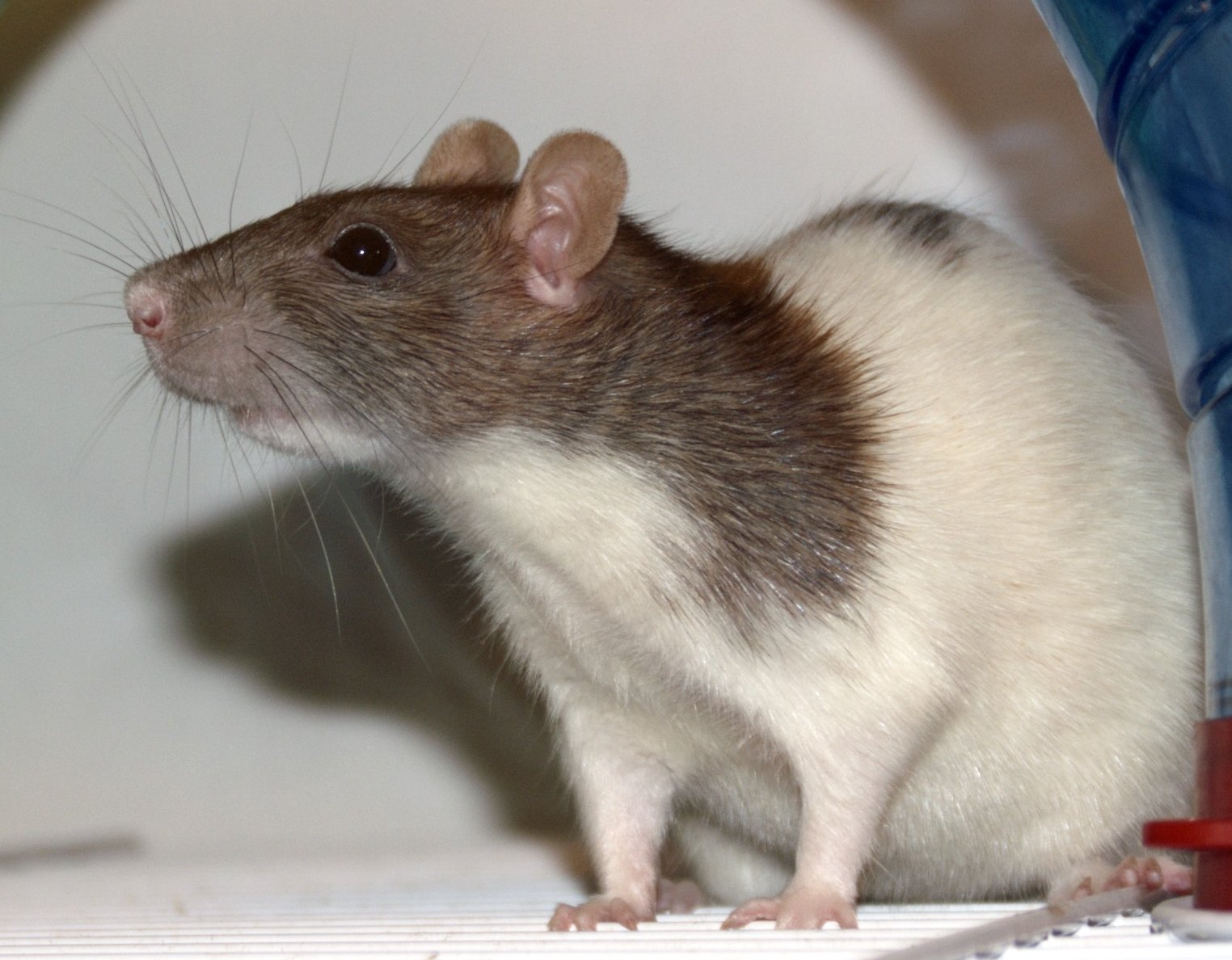Are Rats Dangerous? How to Trap Wild Rats with Humane Rat Traps
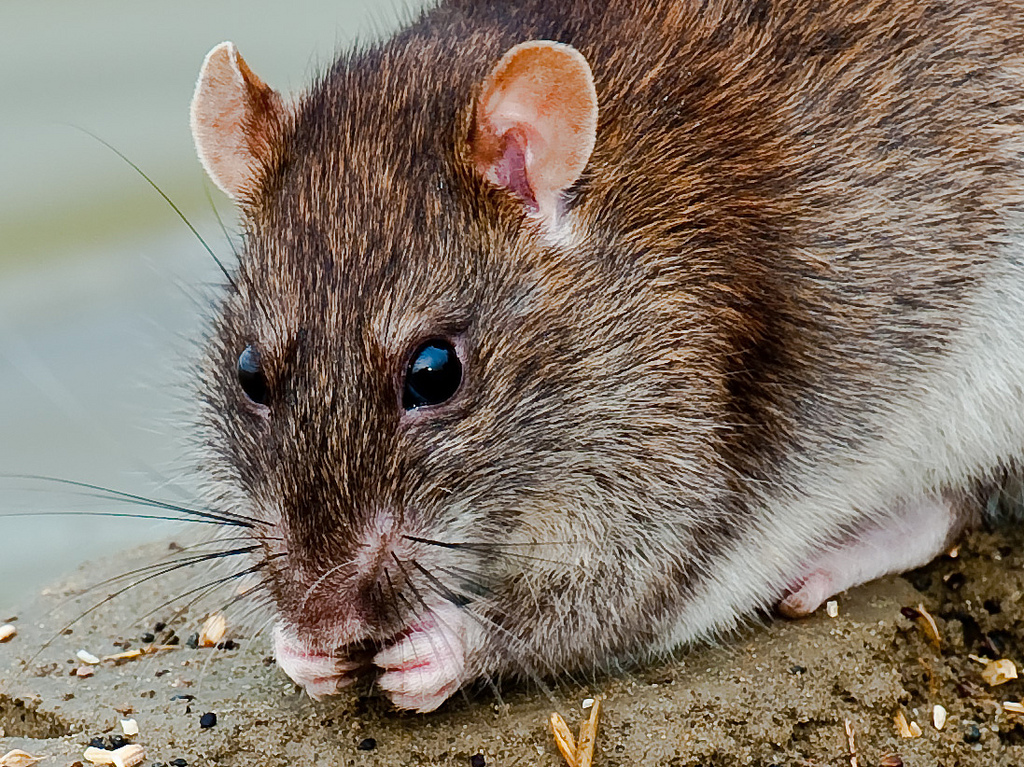
Are Rats Dangerous? How to Trap Wild Rats with Humane Rat Traps
Wild rats will sometimes get into the houses of humans. It’s just something that happens, just like with spiders, ants, and mice. Getting these little rats out of the house is important from a disease standpoint; we never know what a wild animal might be carrying. Generally, the animal is healthy and happy and just wants a bite to eat or a warm place to stay. FOR those who own abused rescues or skittish pet rats, I advise having a humane trap for them too! It makes life SO much easier when they get out!
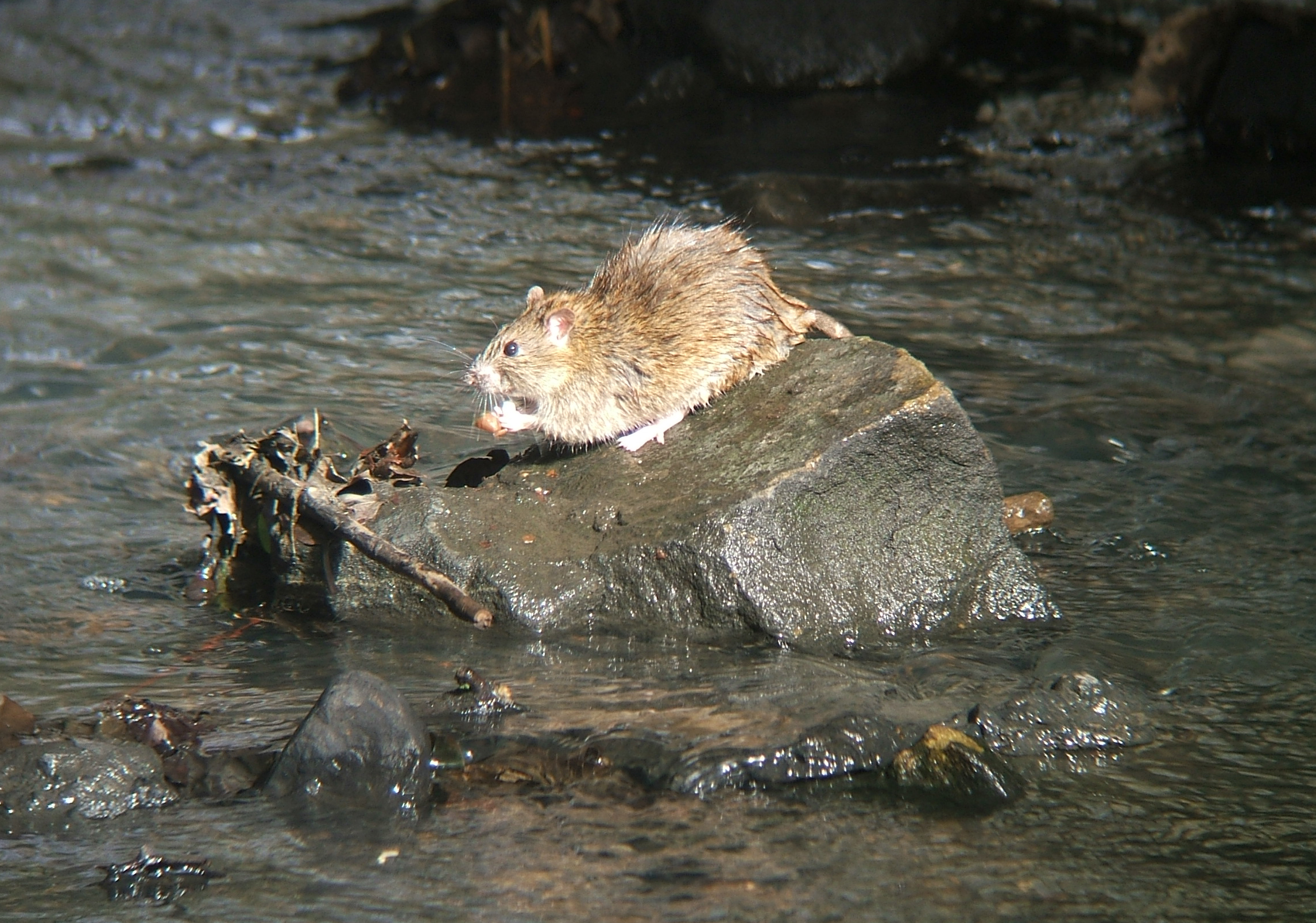
A beautiful brown rat is just having a good old time nibbling on its food in the middle of a creek. This is where all wild rats should be; enjoying their lives free in the wide open wild!
Are Wild Rats Dangerous?
Rats are not at flighty as the common house mouse. They tend to run, but on occasion they can be standoffish. The biggest factors will be whether or not the animal is sick or has a litter of babies. If an animal is infected with a disease or pathogen, or has a brain condition, it can become very hostile and aggressive. This is also true of mother rats, as they will do anything to protect their babies. If neither of these conditions apply, then it is very likely that the rat is just going to run and hide.
How Do You Trap Wild Rats In the Home Without Harming Them?
The best way to capture wild rats without causing them harm is to utilize human rat traps. You do not want to utilize those hideous brown snapper traps that we’re all familiar with; as you’re not even guaranteed that it will kill the rat. For those who HAVE used these traps (I advise the faint of heart to skip this until the next red word), I would like to inform you all that many times, it does not snap the neck leading to a painless death. Instead, it could fracture the skull, shatter limbs, or shatter the spine. The rat could still get loose from the trap and hobble around in misery until it succumbs to death due to its injuries. This is a HORRIBLE way to die, so I advise using other options.
Since humane traps don’t involve killing the animal, you can rest assured that the animal can be safely relocated with nothing more than a bit of stress. Rats are troopers though; they get themselves into some pretty big pickles! Anyways, the best traps have plenty of trapping space. This allows the animal to rest comfortably until it is released. There are generally spring doors that are triggered by a baiting plate, so the door will slam shut once the animal is safely inside. These traps can be reused a thousand times, making them a worthy investment. They look similar to large fox or rabbit traps, just in a smaller form for rats, weasels, squirrels, and chipmunks. So all in all, you could use it for additional species if they become a problem in the garden.
How to Use Humane Rat Traps

You can’t take a single look at those ratty eyes and say that you would want to intentionally kill it. Instead, humane trapping is a much more friendly, compassionate, and sanitary way to rid the home of rats.
Once the primary location of the animal is known (they all have a nesting area that they sleep in), the trap can be set. It should be close to the rat’s primary area, so that it can access the trap with confidence. This is the quickest way to trap a rat. It should be loaded with his or her favorite food in the baiting area. If all else fails, peanut butter is probably the BEST bait for ratties. The doors must be set properly, so that they can trap the animal. Once the animal is trapped, ensure that the doors are secure so that you can transport the animal safely to his or her new home out in the wild.
Where Do You Release Wild Rats After Catching Them Humanely?
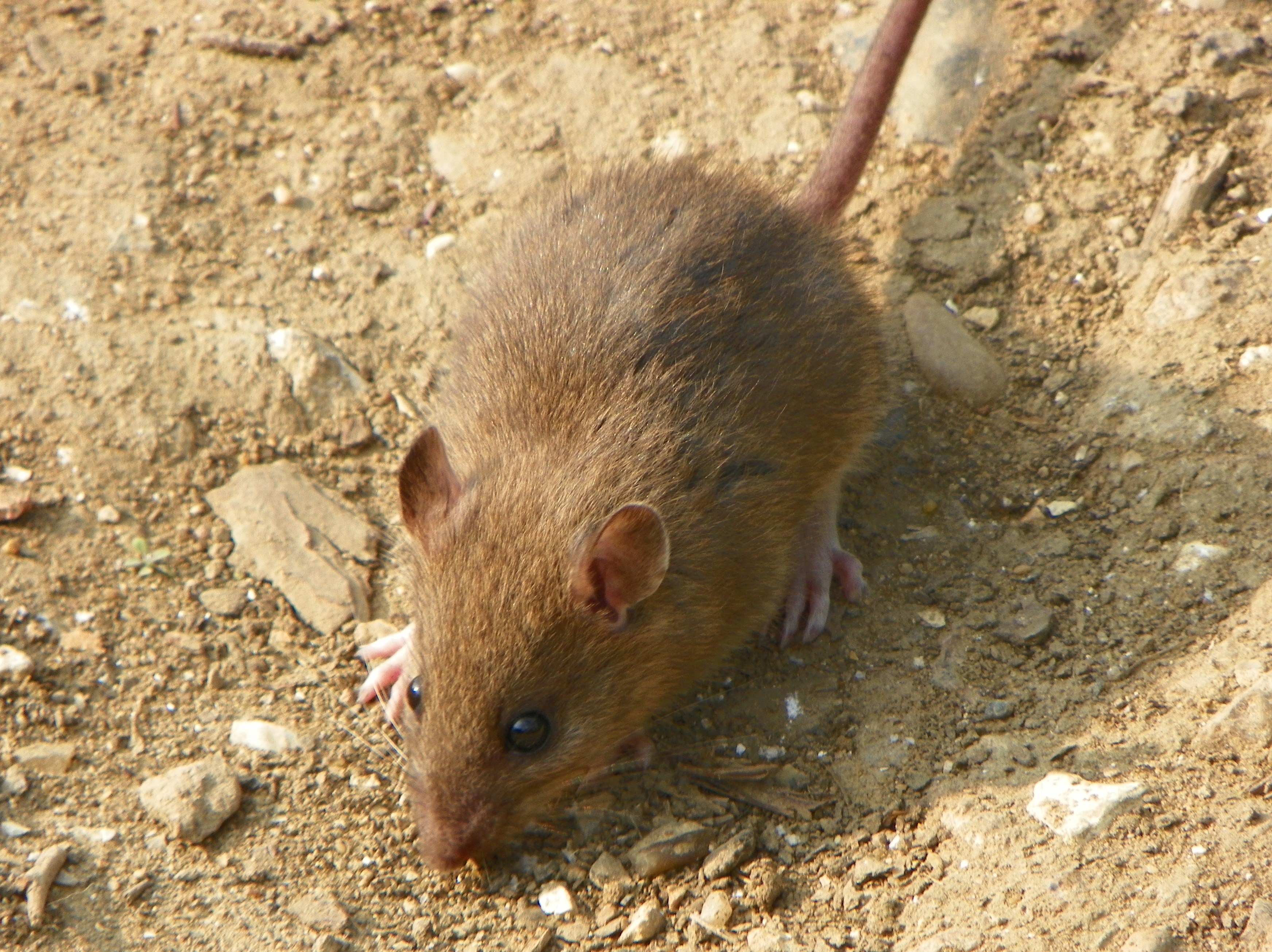 Releasing a rat back into natural habitat is going to require a bit of thinking ahead. If you want the rat to truly thrive, you’re going to need to think about water sources, nesting and hiding areas, and predators. You want the rat to have a supply of water, such as a stream or pond. You also want to release the rat in an area that is not loaded with predators. Urban areas tend to have wildlife cramped into small areas, making it a bad idea to release the rat in the yard. Instead, you can release it at a local park. Before releasing, make sure that the animal is NOT a feral domesticated rat; if it does not match the agouti or black colors or features of native rats in your area, it is probably what was once a pet. These animals should be submitted to rescues. They may be assorted colors (such as blue, champagne, chocolate, or beige for example), have dumbo ears, curly coats, or patterns such as hooded rats or blazed rats. These rats are not fit for life on the outside.
Releasing a rat back into natural habitat is going to require a bit of thinking ahead. If you want the rat to truly thrive, you’re going to need to think about water sources, nesting and hiding areas, and predators. You want the rat to have a supply of water, such as a stream or pond. You also want to release the rat in an area that is not loaded with predators. Urban areas tend to have wildlife cramped into small areas, making it a bad idea to release the rat in the yard. Instead, you can release it at a local park. Before releasing, make sure that the animal is NOT a feral domesticated rat; if it does not match the agouti or black colors or features of native rats in your area, it is probably what was once a pet. These animals should be submitted to rescues. They may be assorted colors (such as blue, champagne, chocolate, or beige for example), have dumbo ears, curly coats, or patterns such as hooded rats or blazed rats. These rats are not fit for life on the outside.
Are Domestic Rats and Wild Rats the Same Kind of Rat?
Domestic rats and wild rats are not always the same species. The domesticated rat originated from Rattus norvegicus, while there are hundreds of rat species in the wild throughout the world. The Brown Rat is one of the most common, and while it is the same species as the domesticated rat, it does not mean that domesticated rats act just like them. Domestic rats have been bred as pets for hundreds of years; thus becoming popular around 200 years ago. At the rate rats breed, some of these domesticated rats have over 300 ancestors that never knew the outside life. This is similar to dogs; which were domesticated first as wolves.
Wild rats and domesticated rats still share many of the same behaviors and dispositions, meaning that those wild rats might be much more chilled out than what you might assume. They can become so used to their human roommates that they begin walking through the house right in front of the people who live in the home.
Are Humane Rat Traps Effective?
Humane rat traps are EXTREMELY effective. Especially when they are used in combination with electronic rat repellers (these make noises that rats don’t like, keeping them from making themselves at home in your home). Unlike the lethal poisons, you can actually see WHAT you are catching with humane traps. This is a win win situation for both the human and the rat. If you have a multi-rat infestation, such as a litter that a pregnant rat produced, the trap will allow you to catch all of the rats over the course of a few weeks. People who humanely trap rats also don’t have to worry about trying to find the poisoned animals after they have passed; which can produce a horrid smell. Sometimes, people who choose poison never do find the bodies, which is not a good situation. Therefore, humane traps are clearly the safer, more sanitary, more effective, and kindest way to go about removing unwanted rats from the home.
Why Do Wild Rats Infest a Human’s Home?
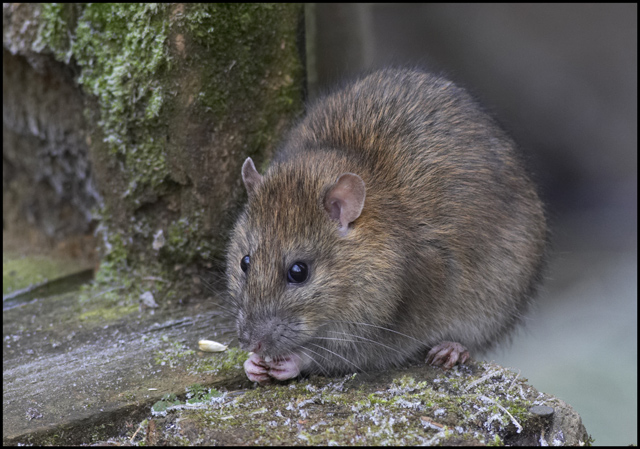
For the most part, rats are completely harmless and pose no threat to humans; other than minor property damage. They simply want the same modern day comforts that we’ve worked hard for; for free. They want to coexist, but it’s not exactly the healthy way of going about it. For human safety, no wild animal should reside within the home.
Rats like to go into peoples’ homes for a variety of reasons. Generally, infestations occur during the spring and fall. During the spring, rats are busy looking for good places to nest and raise their young. This means they will scour high and low for the best spot; which is usually the comfort of a human home. There is a consistent comfortable temperature, lots of food, and safe nesting places. During the fall, the rats are trying to escape the horrors of winter. The cold can kill them if they do not find a warm place to nest, and again, the human home provides a comfy and safe place to nest. For larger infestations, it simply means that several rats have set up camp; and it is highly likely that they have bred.
